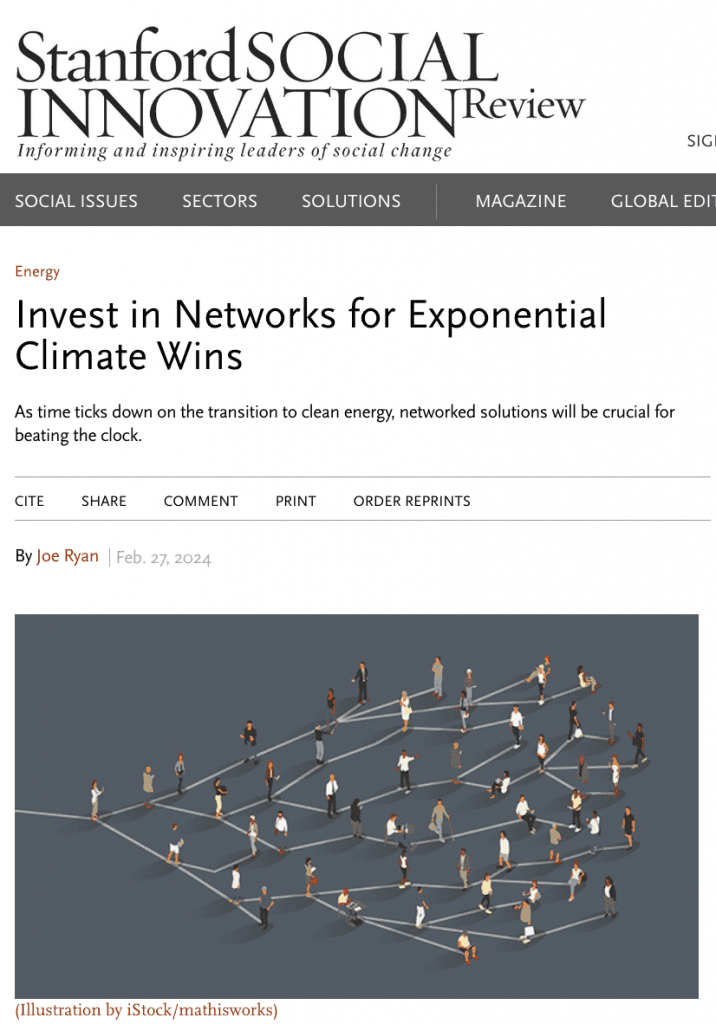Buildings

New video makes the case for sustainable building transformation
The Global Buildings Performance Network (GBPN) has released a new video making the case for an urgent shift away from the building design and construction status quo. By 2060, there will be 230 billion square meters of more building space than the current 235 billion square meters. Building growth will be particularly rapid in Asia and Africa. Continuing with business as usual will worsen the climate crisis and put millions of people at risk of heat-related deaths and illnesses. The solution is clear: we need to build better, now. Features like rooftop solar, energy-efficient windows and appliances, insulation, and water-conserving plumbing safeguard the climate and healthy living spaces. And recent research conducted for GBPN indicates that building sustainably does not cost more than current methods. Still, rapid change will require collaboration across multiple stakeholders—facilitating and informing that collaboration is the mission of GBPN.
Power
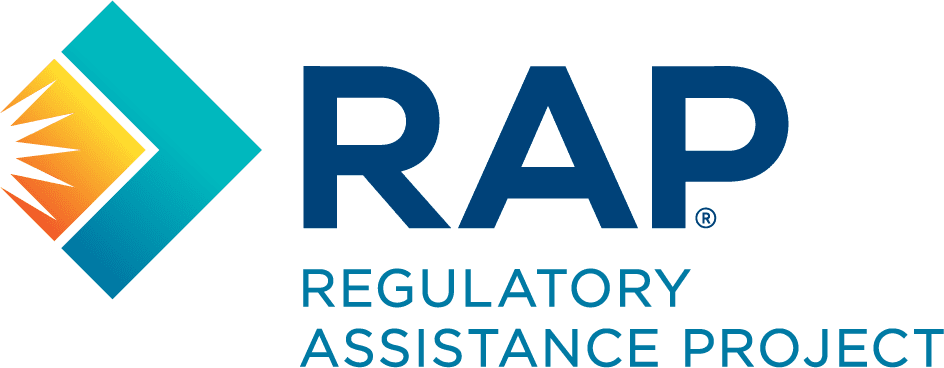
Poland looks to accelerate coal phaseout
In February, Poland’s Expert Council on Energy Security and Climate published a new set of recommendations arguing for the national government to accelerate its coal phaseout target to 2035—well ahead of the current strategy to end coal mining in 2049. The recommendations aim to prevent persistently high costs of power for electricity consumers and taxpayers and arrive just as the new Polish government is preparing to discuss the EU’s newly proposed 2040 greenhouse gas (GHG) reduction target. Regulatory Assistance Project (RAP) Senior Advisor Monika Morawiecka co-established the Expert Council with Joanna Mackowiak-Pandera, head of Forum Energii. Together they helped draft the recommendations, convened meetings, ensured consensus-driven adoption of final versions, and communicated the final version to decision-makers. If adopted, the recommendations would save approximately 60 MMT CO2 emissions annually—equivalent to Poland’s annual transportation emissions.


New green investment opportunities in coal-dominant Mpumalanga
The Mpumalanga Green Cluster Agency, supported by The International Network of Energy Transition Think Tanks (INETTT) partner GreenCape, has published its third series of market intelligence opportunity briefs. These briefs, as part of the Just South Africa project, outline current investment opportunities to support the growth of a green economy for the Mpumalanga province, where the vast majority of South Africa’s coal power stations and coal mining activities are located. The Mpumalanga provincial government is proactively exploring opportunities to transition to a green economy. The briefs highlight opportunities such as repurposing land now used for coal mining or power stations for renewable energy production and utilizing the existing transmission assets in the region. They also note promising investment opportunities in the sustainable agriculture, renewable energy, and water sectors. Each report provides an overview of the market within a sector, including important developments and achievements, the key players, legislation and regulations, market opportunities and challenges, funding opportunities, and general green economy investment opportunities.
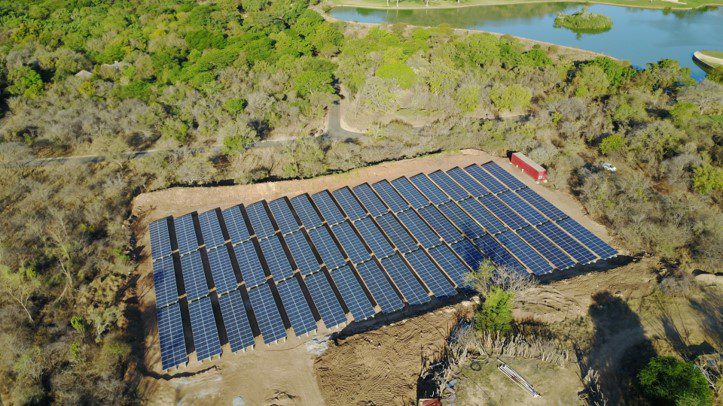
Industry

A new report by the SHURA Energy Transition Center recommends policies to meet the twin goals of sustainable development and decarbonization of Turkish industry, focusing on priority sectors. To socialize the findings, SHURA hosted a consultation meeting in January attended by around 60 representatives from TÜSİAD (Turkey’s top business association, representing 80 percent of corporate tax revenue) and TÜRKONFED (a business organization with 60,000 member companies), where representatives from leading companies in steel, chemicals, machinery, appliances, ceramics, textiles, and other industries had the opportunity to comment on the policy recommendations. In February, SHURA also shared the report with key decision-makers from the Ministry of Industry and Technology, Ministry of Energy and Resources, Ministry of Treasury and Finance, Presidency of Strategy and Budget, and Directorate of Climate Change, among other influential authorities. These two consultation sessions ensured the report reached the right audience. The report also received high-level national and sectoral media coverage. The output from the two roundtables will be shared in a follow-up report released later this spring in a public event—stay tuned. SHURA is a member of INETTT and Agora’s primary partner in Turkey.
Appliances

New refrigerator efficiency standards in China will be major emissions saver
China is set to become a global leader in refrigerator efficiency. CLASP recently began supporting China’s National Institute of Standardization (CNIS) on a revision of its refrigeration policy. CNIS moved to revise the policy after reviewing CLASP’s “World’s Best MEPS” report, which compares the stringency of Minimum Energy Performance Standards (MEPS) across 10 economies. CLASP successfully demonstrated that China had an opportunity to develop a world-leading policy on refrigerator efficiency. The policy is projected to prevent 460 MMT CO2 emissions by 2040 and will set a new benchmark for refrigerator policies worldwide.
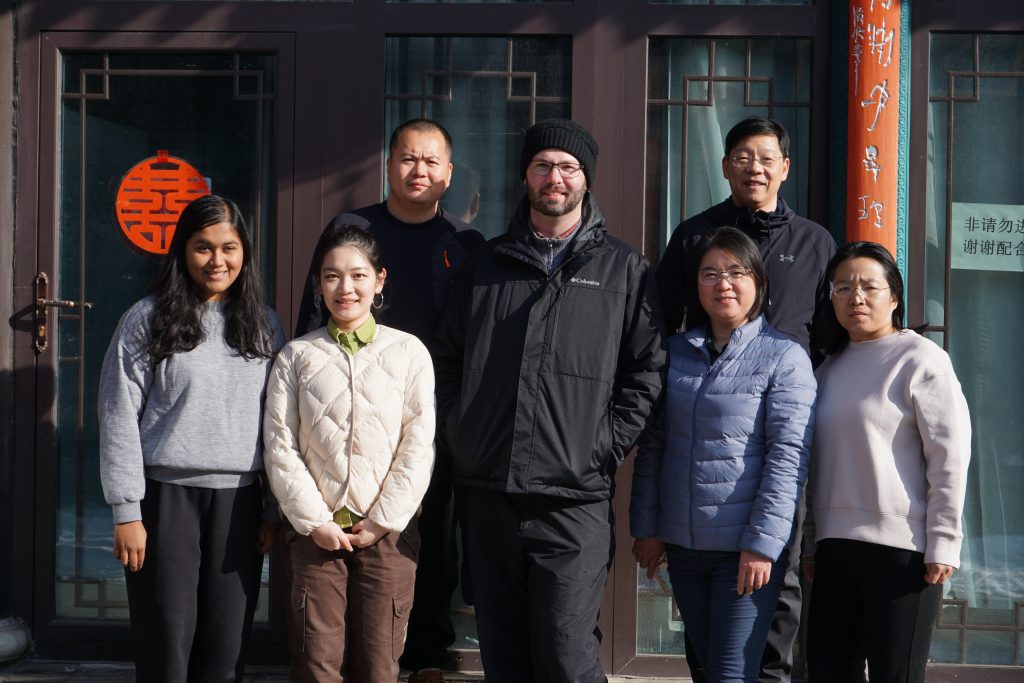
Urban Mobility

New partnership will bring electric buses to Brazil’s third-largest city
In February, the Institute for Transportation and Development Policy (ITDP) Brazil office kicked off a new partnership with the City of Belo Horizonte to advance the electrification of its public transport. Belo Horizonte is the third-largest metropolitan area in the country, and road transport is responsible for more than half of all GHG emissions in the region. The city was the first in Brazil to develop an urban mobility plan that renewed a focus on public transport, walking, and cycling infrastructure and is now poised to be an electrification leader. Recently, Belo Horizonte submitted a proposal to Brazil’s National Infrastructure Growth Program seeking funding to acquire over 100 electric buses. ITDP is now working with partners to identify optimal bus routes for electrification as part of the city’s comprehensive assessment of its public transport efficiency, energy demand, and operational needs. In addition, ITDP is collaborating with the city on pilots for additional electric buses, leveraging national-level investments in the region’s sustainable transport future.
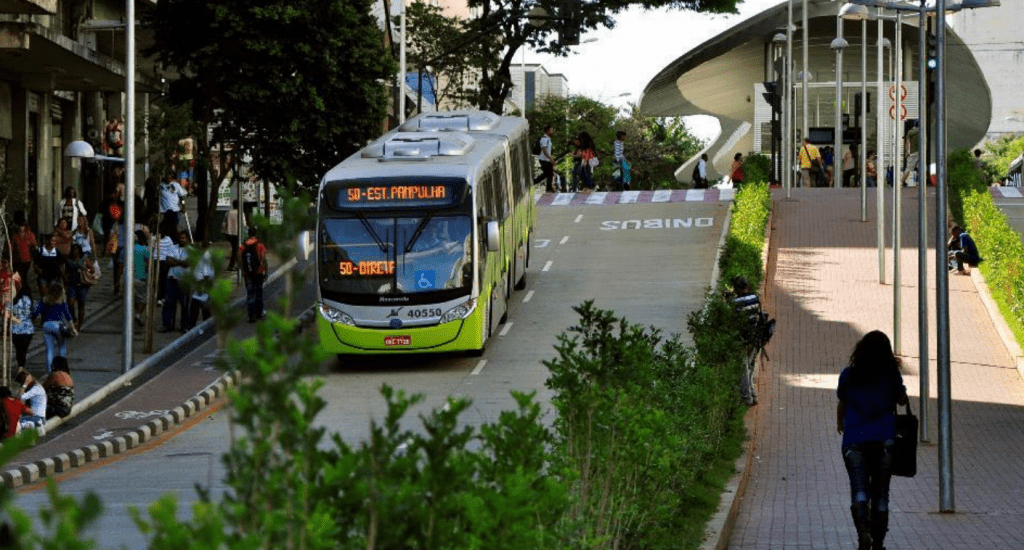
Vehicles and Fuel
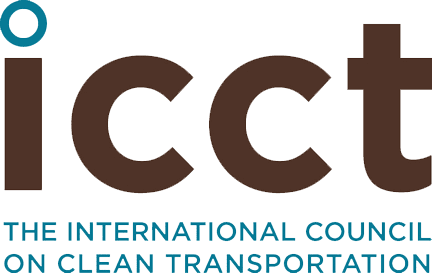
Groundbreaking research on ship methane emissions informs stronger policy
Methane is a potent GHG, but so far real-world measurements of methane emissions from ships powered by liquefied natural gas (LNG) have been scarce, as taking real-world measurements of ships is notoriously complicated. That means the magnitude of these emissions has been largely unknown—until now. The International Council on Clean Transportation (ICCT) recently led an international collaboration with Explicit ApS (an environmental monitoring technology company) and the Netherlands Organization for Applied Scientific Research to collect the most comprehensive dataset of real-world methane emissions from LNG-fueled ships to date. The Fugitive and Unburned Methane Emissions from Ships (FUMES) project used a groundbreaking technique to gather data, using drones and helicopters to measure emissions from ship exhaust stacks. The research found that methane emissions are about twice as high as international regulations assumed. The ICCT is using this important new data to work with policymakers to strengthen regulations and reduce maritime pollution. Stronger regulations will create cleaner, safer environments, especially for coastal communities.
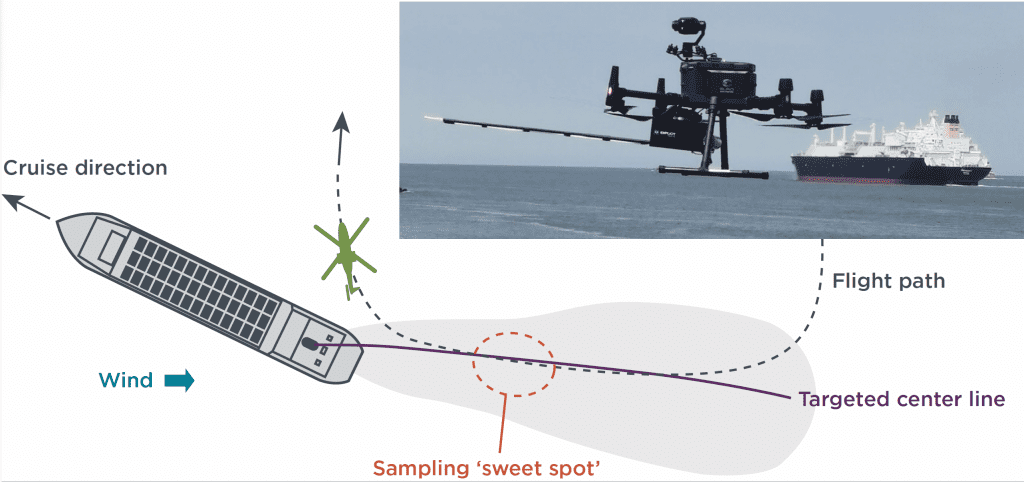
Events around the Alliance
Upcoming event: Between CBAM, equity, and ambition—finding a just way to reach climate targets
On March 21, INETTT will host an in-person side event at the Berlin Energy Transition Dialogue addressing how the EU’s carbon border adjustment mechanism (CBAM) can balance effectiveness with equity. INETTT will bring together diverse perspectives on the CBAM from around the world, spanning Mexico, Brazil, Indonesia, Poland, Germany, Turkey, and China, to discuss how the CBAM can enhance climate ambition both inside and outside the EU, and how to address its socioeconomic, political, and geopolitical implications.
Click here to register.
In case you missed it!
An article by Joe Ryan making the case for the Alliance’s network approach was featured in the Stanford Social Innovation Review late last month. Read it to find out why the Alliance model drives faster climate progress!
